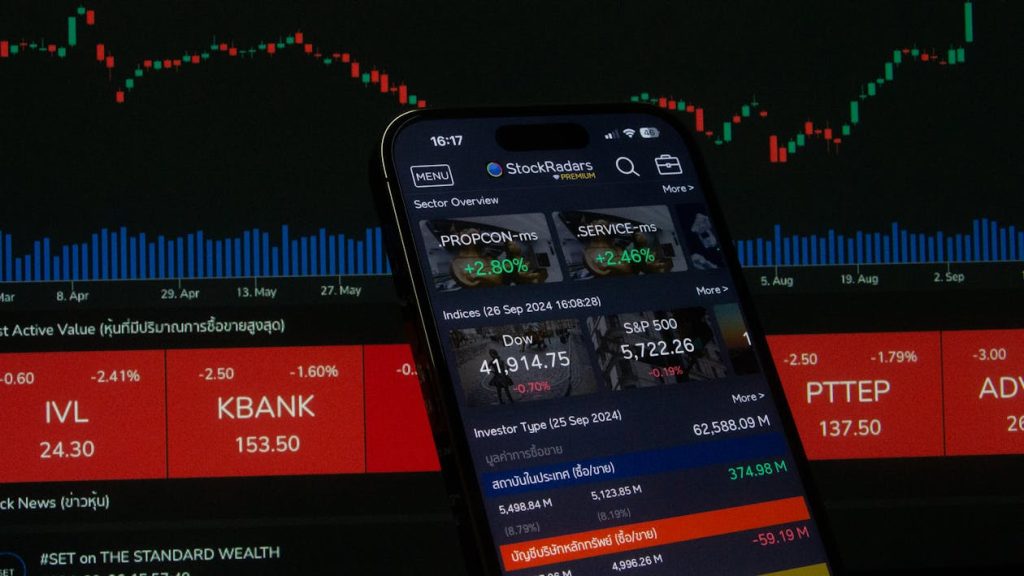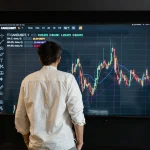Forex brokers often offer both demo accounts and real trading accounts to their clients. While both serve essential purposes in a trader’s journey, they are fundamentally different experiences. Understanding these differences is crucial for anyone serious about transitioning from practice trading to live trading successfully.
In this article, we will explore what distinguishes demo trading from real trading, the benefits and limitations of each, and how traders can prepare for the real market.

What is a Demo Trading Account?
A demo account is a simulated trading environment where traders can practice buying and selling currencies without risking real money. It mirrors live market conditions, allowing traders to:
-
Test trading strategies.
-
Learn how to use trading platforms.
-
Familiarize themselves with market behavior.
Demo accounts usually come with virtual funds, and they are an essential tool for beginners who want to build confidence before committing real capital.
What is a Real Trading Account?
A real trading account involves using actual money to open and manage trades. Profits and losses are real, and the emotional intensity is much higher compared to demo trading.
Real accounts introduce factors such as:
-
Emotional reactions (fear, greed, panic).
-
Real-time slippage and execution delays.
-
Actual market volatility impacting your funds.
Key Differences Between Demo and Real Accounts
| Feature | Demo Account | Real Account |
|---|---|---|
| Risk | No financial risk | Real financial risk |
| Emotions | Minimal emotional impact | Strong emotional involvement |
| Execution | Often ideal, no slippage | Real slippage, variable execution |
| Trading Psychology | Calm, rational decisions | Prone to fear, greed, stress |
| Market Conditions | Simulated | Authentic, dynamic conditions |
| Financial Rewards | Virtual profits | Real money earned or lost |
Challenges When Moving from Demo to Real
Many traders perform exceptionally well on demo accounts but struggle once they switch to live trading. This shift is often due to:
-
Fear of losing real money.
-
Overtrading to recover losses.
-
Hesitation to execute trades.
-
Failure to stick to trading plans.
The emotional pressure and the real consequences of mistakes in live trading require a different level of psychological discipline.
Tips for Transitioning from Demo to Real Trading
1. Treat the Demo Account Seriously
Use your demo account as if it were a real one. Set realistic goals and apply strict risk management practices.
2. Start Small
Begin live trading with a small amount of capital. Focus on building consistency and discipline rather than chasing large profits.
3. Focus on Risk Management
Always use stop-loss orders and manage your position sizes wisely to protect your trading capital.
4. Keep Emotions in Check
Develop emotional resilience through experience, journaling trades, and sticking to your trading plan even during losing streaks.
5. Gradually Increase Trade Sizes
As you gain confidence and consistent profits, slowly increase your trade sizes while maintaining proper risk management.



